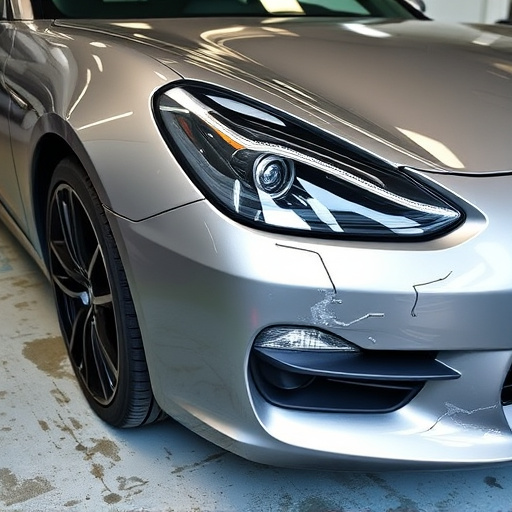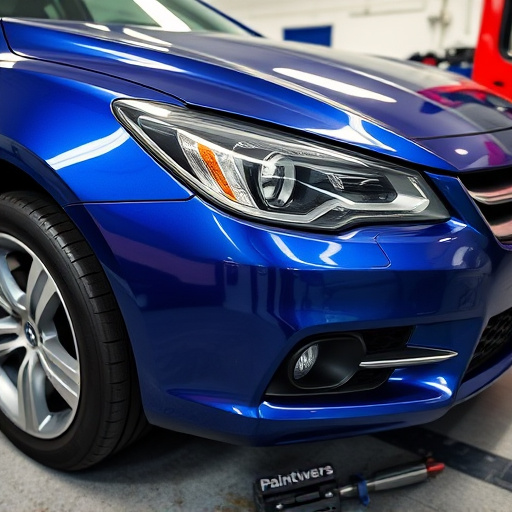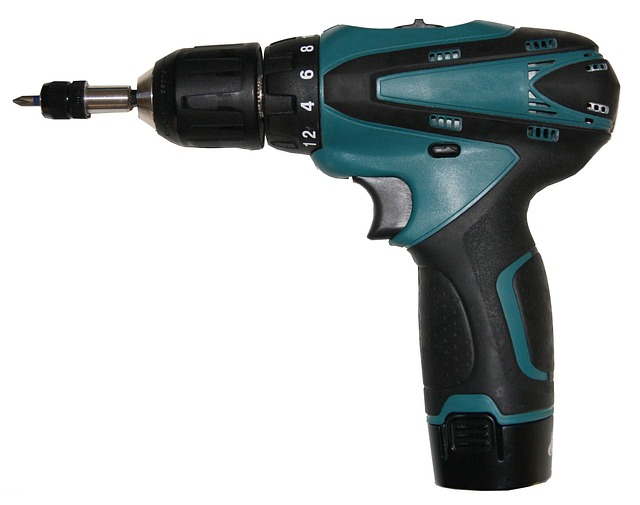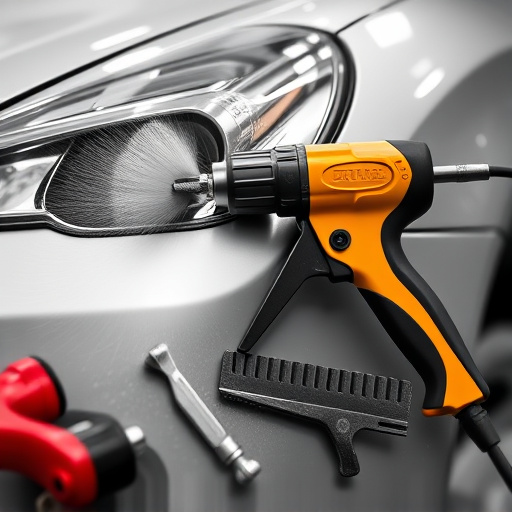Mercedes Active Brake Calibration (MAC) is a critical safety feature that relies on sensor data from lidar and radar for precise braking responses. Regular maintenance during services like auto glass replacement or restoration ensures optimal performance, preventing accidents. The process involves advanced algorithms fine-tuning brake sensitivity and response time to enhance safety and stability in various driving conditions. Mechanics check frame integrity and perform diagnostics to guarantee cutting-edge safety technology across Mercedes models.
Mercedes Active Brake Calibration is a critical process ensuring the optimal performance of their safety systems. This advanced technology relies on sensor data to accurately detect and respond to potential hazards, making it an integral part of modern vehicle safety. In this article, we’ll explore the intricacies of Mercedes Active Brake Calibration, focusing on its role in safety system checks and how regular calibration optimizes driving experiences, enhancing overall vehicle performance.
- Understanding Mercedes Active Brake Calibration
- The Role of Sensor Data in Calibration Process
- Safety System Checks and Performance Optimization
Understanding Mercedes Active Brake Calibration

Mercedes Active Brake Calibration is a critical process that ensures the safety and reliability of the vehicle’s braking system. This advanced technology plays a pivotal role in modern automotive safety, enabling vehicles to automatically apply brakes in emergency situations. The calibration involves fine-tuning the car’s computer systems to respond accurately and promptly to sensor data, which can detect potential collisions.
Understanding this process is essential for owners and auto body repairs experts alike. It requires precise adjustments to various sensors, including lidar and radar, that monitor the vehicle’s surroundings. Any issues or malfunctions in these sensors could lead to suboptimal braking performance. Regular maintenance and checks, such as those involving auto glass replacement or automotive restoration, should include a thorough review of the Mercedes Active Brake Calibration to guarantee optimal safety features and prevent potential accidents.
The Role of Sensor Data in Calibration Process

In the intricate process of Mercedes active brake calibration, sensor data plays a pivotal role. These sensors, strategically placed throughout the vehicle’s braking system, capture real-time information about various factors such as speed, distance to other vehicles, and road conditions. This rich dataset is essential for calibrating the active brake system to respond accurately and effectively in different scenarios. By analyzing these inputs, the calibration process ensures that the brakes engage precisely when needed, enhancing safety without compromising performance.
The data-driven approach allows for a nuanced understanding of how the active brake system performs under diverse circumstances, akin to an automotive body shop meticulously repairing a car dent or reworking a faulty paint job. Just as a skilled technician uses their expertise to restore a vehicle’s aesthetic and structural integrity, advanced algorithms leverage sensor data to fine-tune Mercedes active brake calibration. This meticulous process ensures that when faced with sudden stops, emergency maneuvers, or navigating through challenging road conditions, the brakes react swiftly and reliably, protecting both passengers and other drivers on the road.
Safety System Checks and Performance Optimization

Safety System checks are an integral part of vehicle maintenance, especially for luxury car brands like Mercedes. These checks ensure that every component of the safety systems functions optimally, from airbags to anti-lock braking systems (ABS) and, notably, the Active Brake system. Mercedes active brake calibration plays a pivotal role in this process, fine-tuning the sensitivity and response time of the brakes to ensure they activate precisely when needed. This optimization is crucial for maintaining the vehicle’s safety and performance on the road.
During these checks, experts inspect the vehicle’s frame straightening and auto painting integrity, as even minor damages can affect sensor readings and overall system performance. The process involves sophisticated diagnostics that analyze various parameters, including wheel speed, brake pressure, and vehicle dynamics. By calibrating the Active Brake, mechanics can enhance stopping distances and improve overall driving stability, making every Mercedes model a testament to cutting-edge safety technology.
Mercedes Active Brake Calibration is a critical process that ensures the safety and efficiency of the brand’s advanced braking systems. By regularly performing sensor data-driven calibrations during safety system checks, these vehicles can optimize their performance, providing drivers with responsive and precise stopping power in various driving conditions. This maintenance practice underscores Mercedes’ commitment to delivering top-tier active brake technology, enhancing road safety for all.














